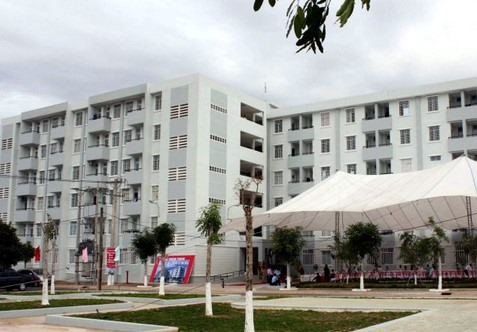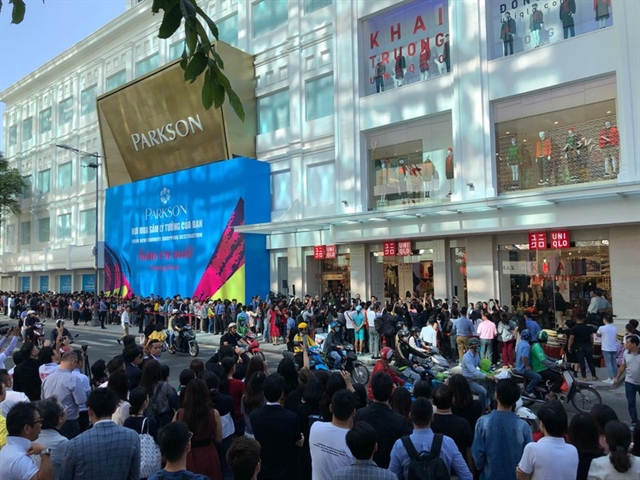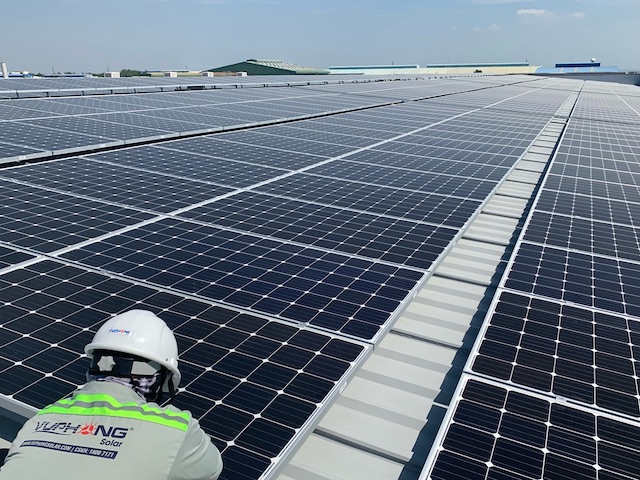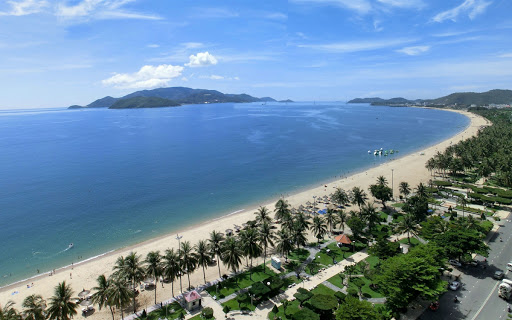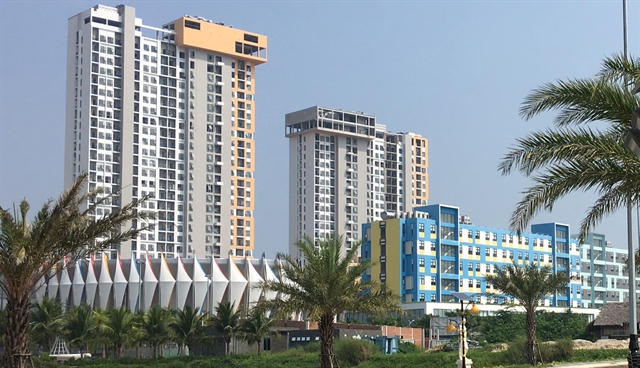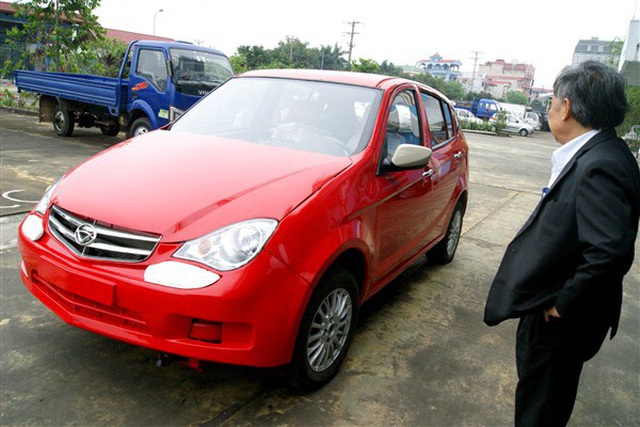
HÀ NỘI — The Bank for Investment and Development of Vietnam (BIDV) has announced plans to put secured assets of Xuân Kiên Auto JSC (Vinaxuki) up for auction to recover the VNĐ1.26 trillion (US$55 million) non-performing loan.
The debt was taken up to support Vinaxuki to manufacture Made-in-Vietnam cars and trucks over the past years. However, Vinaxuki, with its owner Nguyễn Xuân Kiên, failed to meet an ambition to become the first Made-in-Vietnam car producer, slipping into losses and having to shut down.
The debt has secured assets including a 139 square metre land lot and attached assets in Mê Linh District’s Tiền Phong Commune, a suburb of Hà Nội, where a Vinaxuki factory is located. Machinery and equipment of the factory are also secured assets of the debt.
In addition, the assets attached to the land of another Vinaxuki factory in the northern province of Thái Nguyên, and the right to exploit Antimony ore mines, and the ore sorting line in Đắk Drong commune of the Đắk Nông Province are also pledged for the debt.
The reserve price of the debt has yet to be disclosed by BIDV, however, as of September 15 last year, the sum of the debt and interest was VNĐ1.26 trillion ($55 million).
According to BIDV’s announcement, organisations eligible for bidding at the auction are those operating for a minimum of three years and having at least three branches, with a head office in either Hà Nội or HCM City.
Originating from a factory specialising in manufacturing molds and spare parts for automobiles, in April 2004, Vinaxuki was licensed by the Prime Minister to manufacture and assemble cars of all kinds. According to the design capacity, Vinaxuki’s three factories in Thái Nguyên and Thanh Hóa provinces and Hà Nội’s Mê Linh District could produce 30,000 vehicles a year, generating jobs for more than 9,000 locals.
In its first years of operation, Vinaxuki’s performance was positive as it completely recovered its capital and began repaying debts to the bank. It produced more than 20 types of trucks with a localisation rate of 27 per cent and three types of passenger cars with a localisation rate of 5 per cent in the in 2006-08 period. After the period, Vinaxuki continued to invest in construction with the ambition of increasing its localisation rate. However, the economic downturn in 2010 caused the automobile market to plunge. Thousands of vehicles were assembled but could not be sold.
The company was starved of capital, while the fiercely competitive market went into stagnation. In the following years, Vinaxuki operations revolved around interest and debt repayment. — VNS



